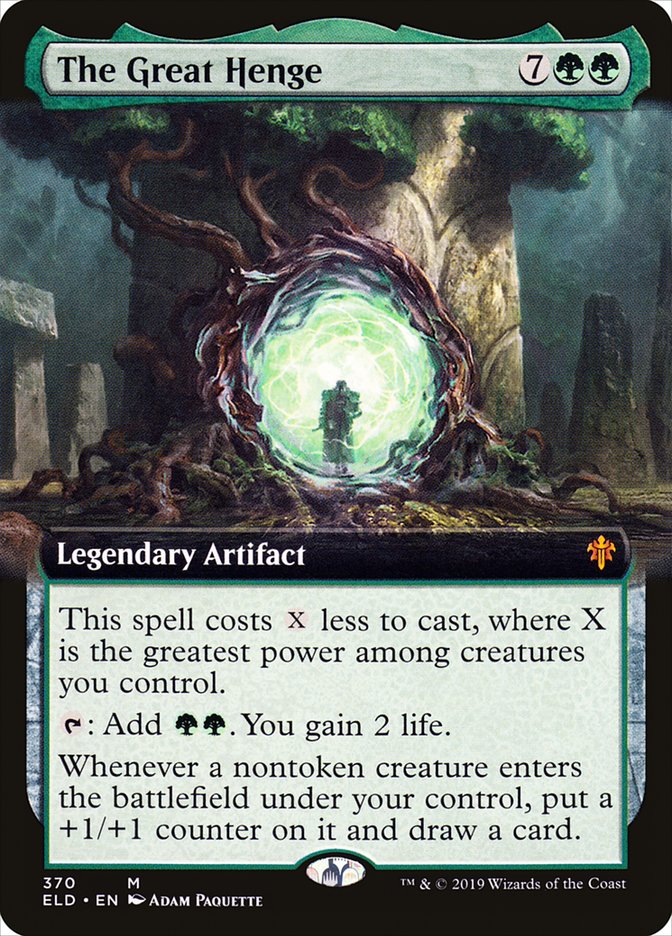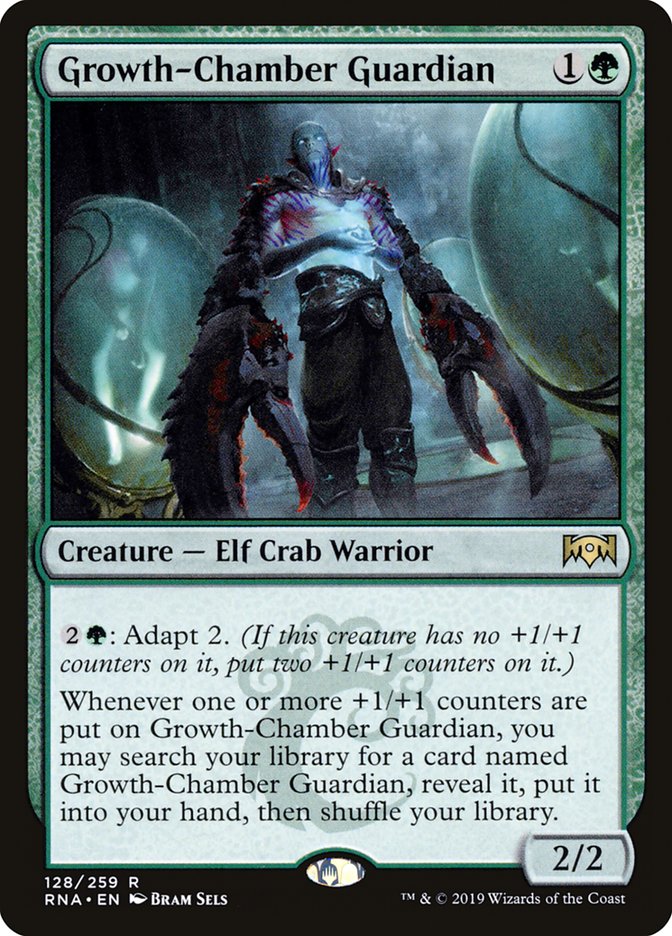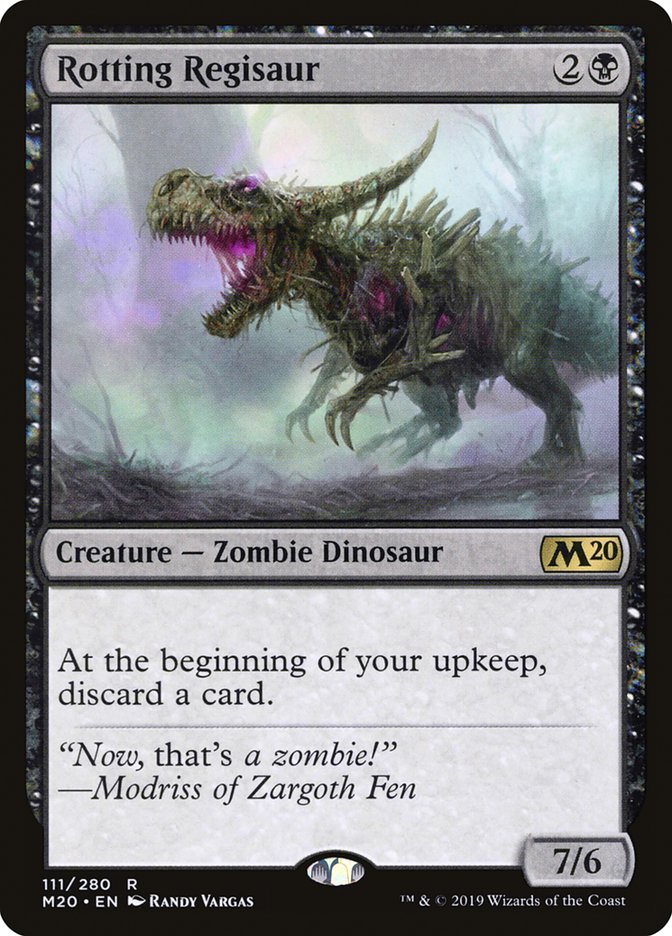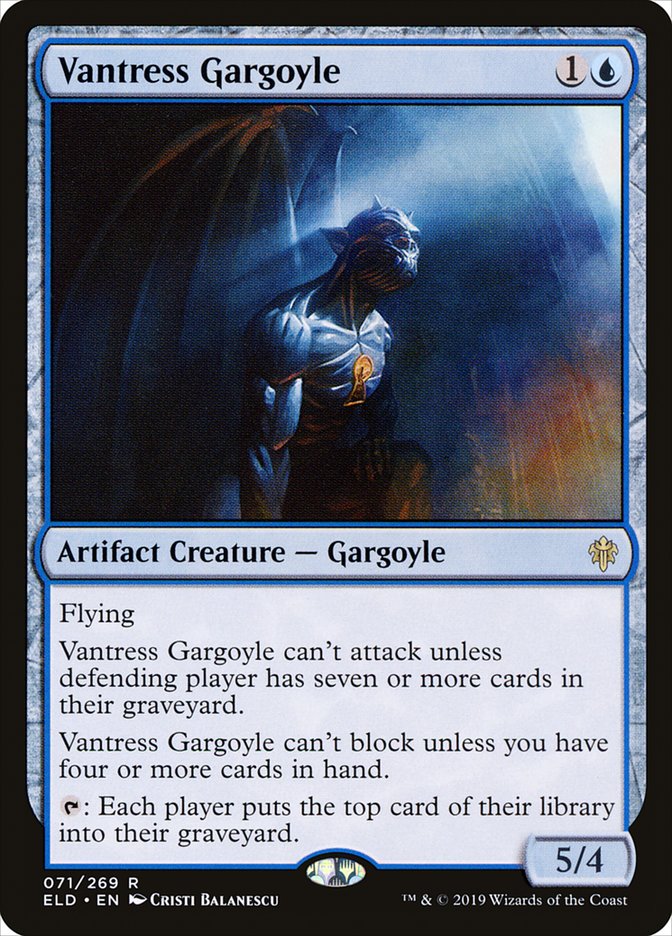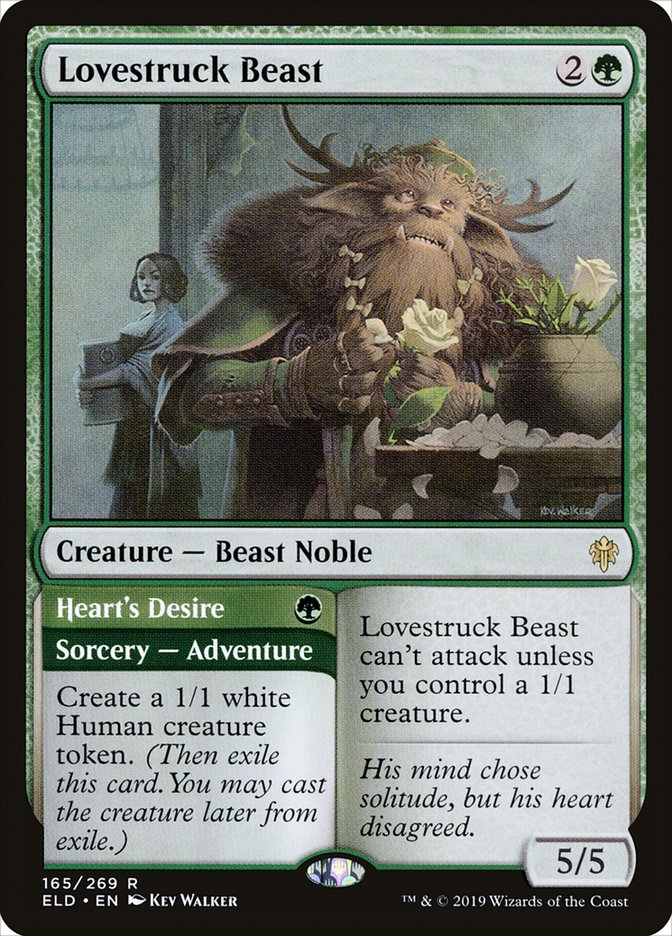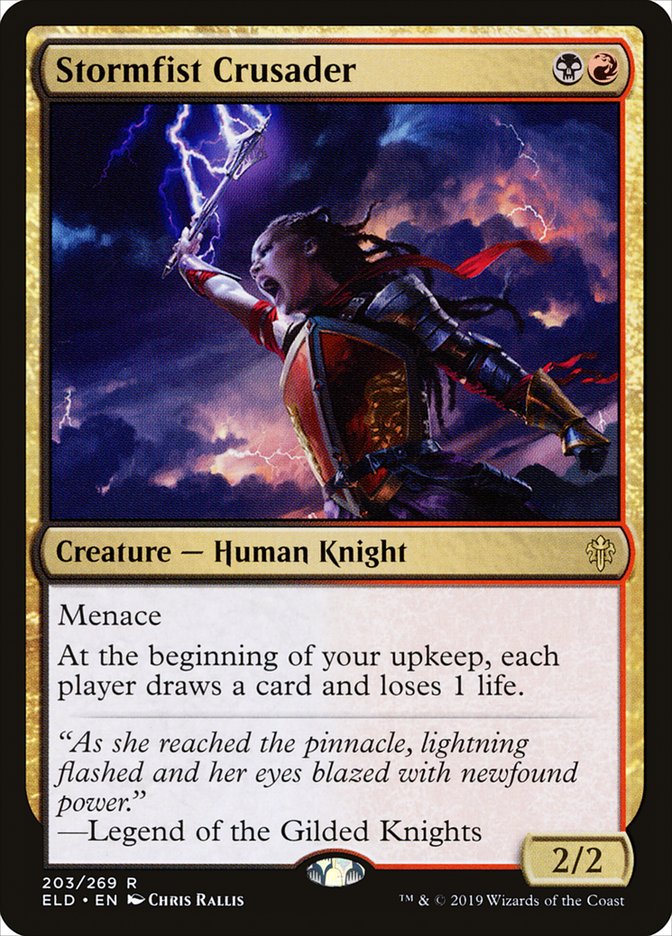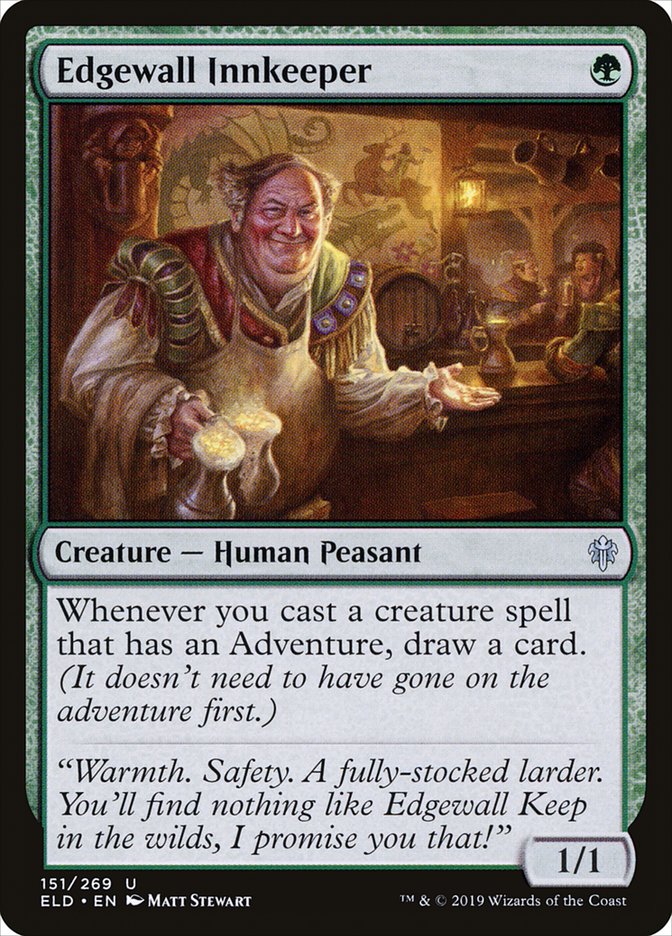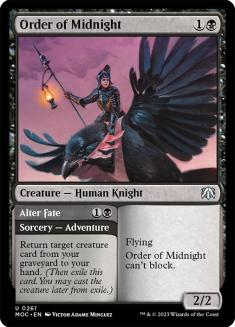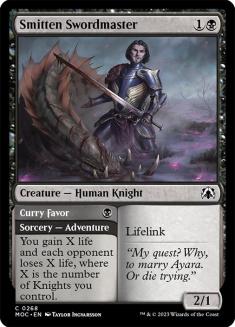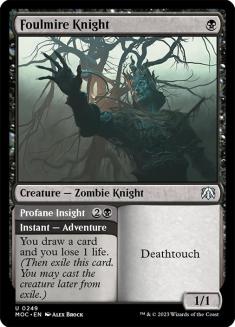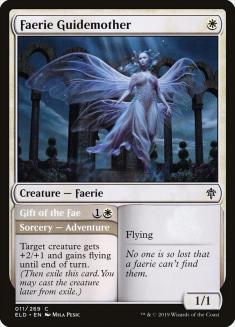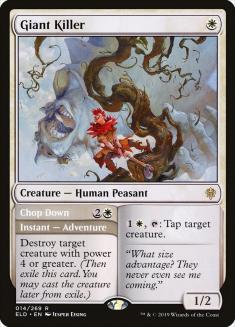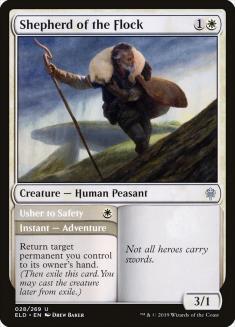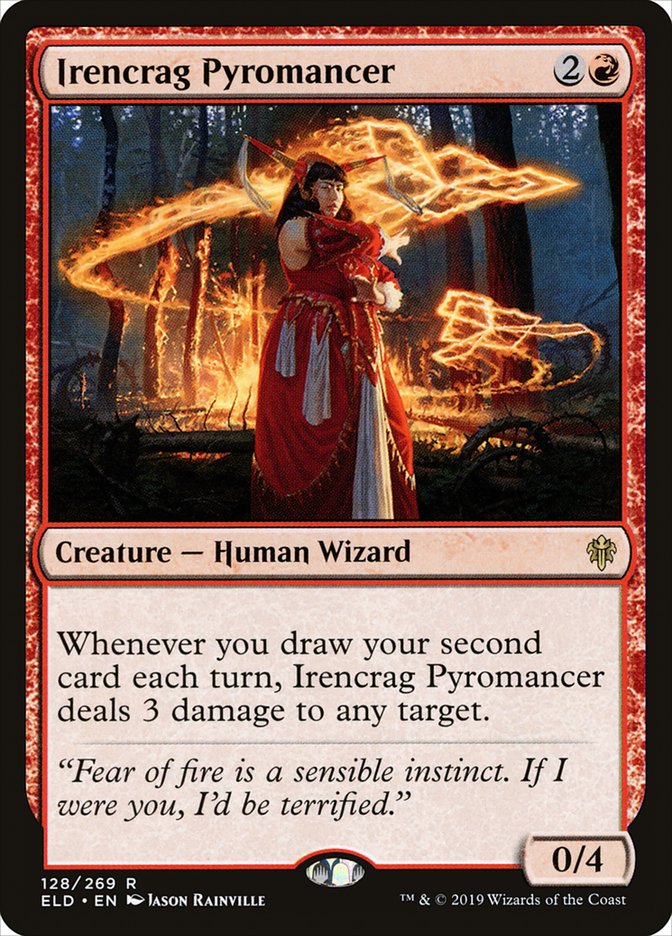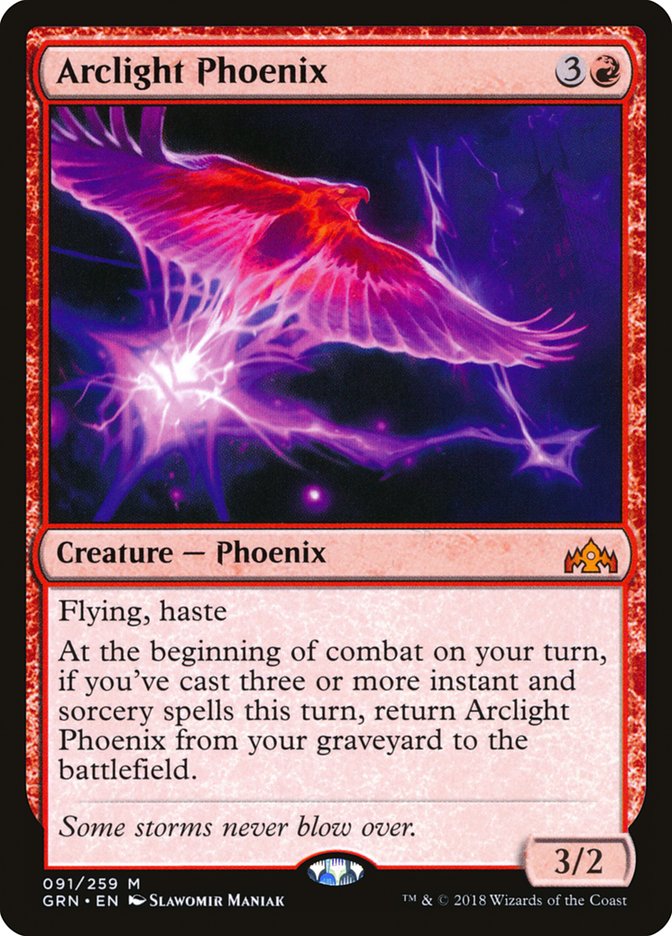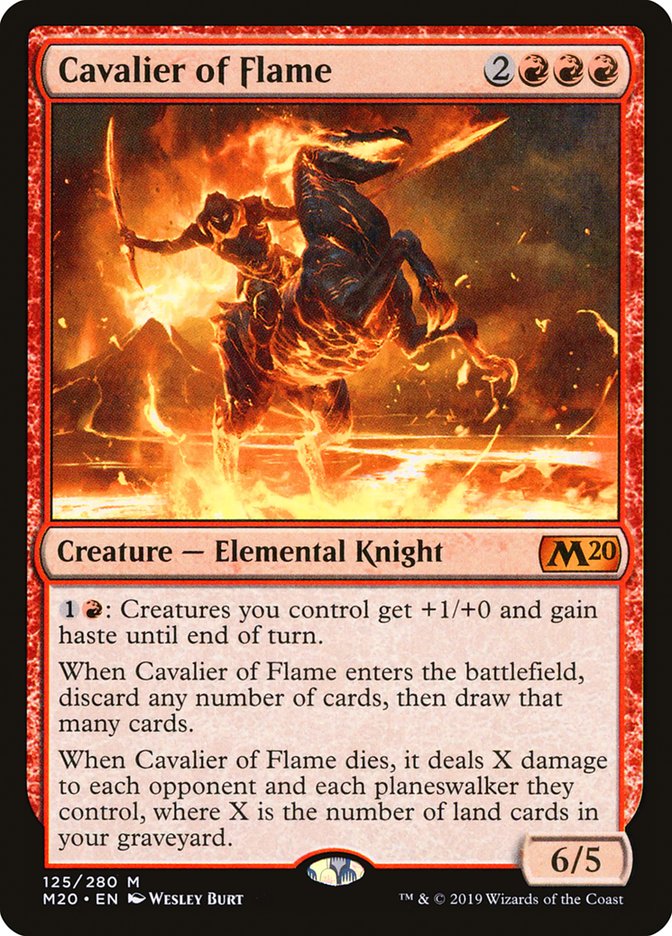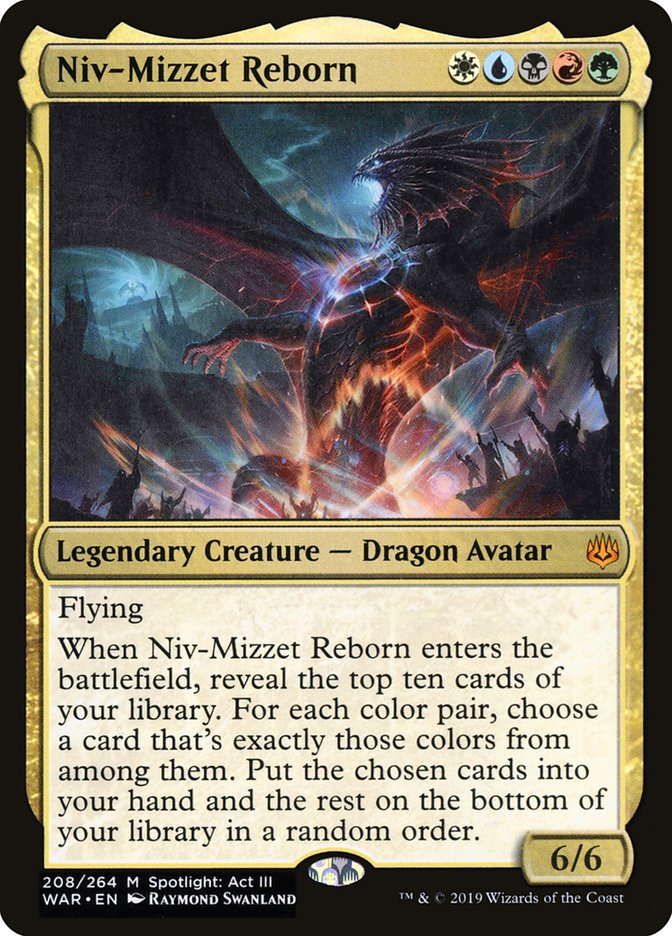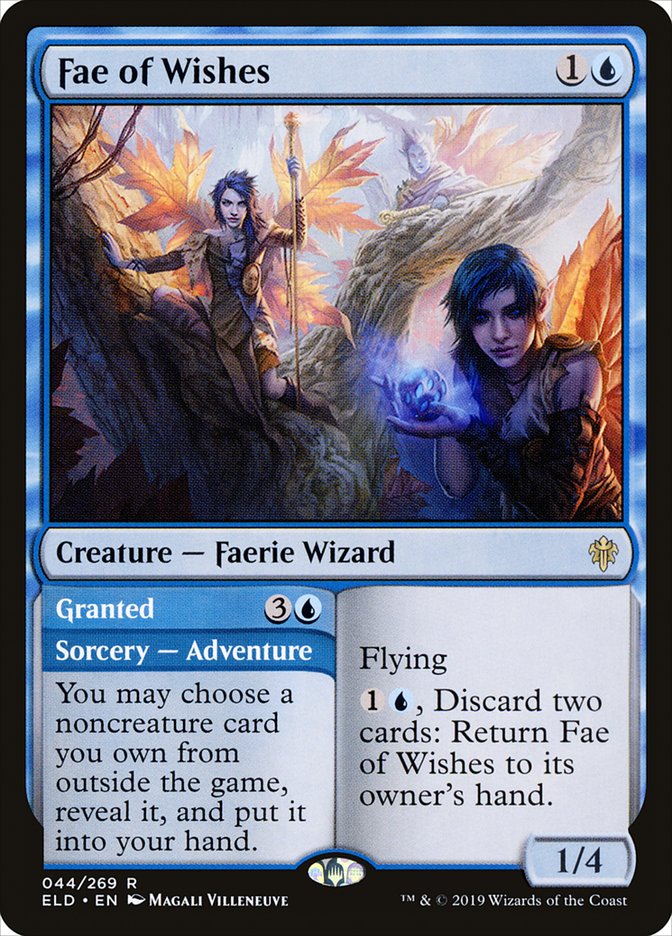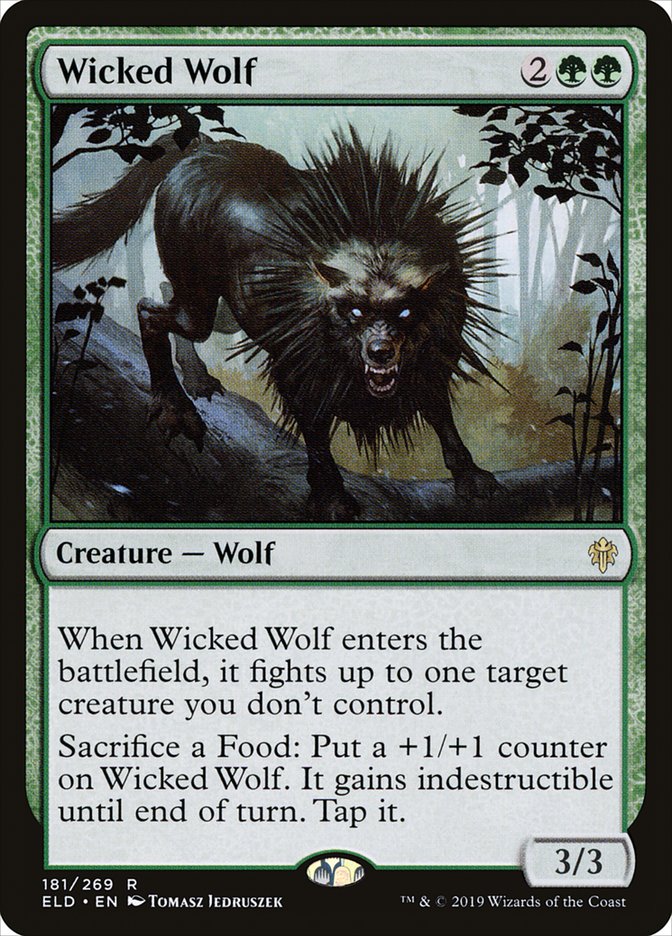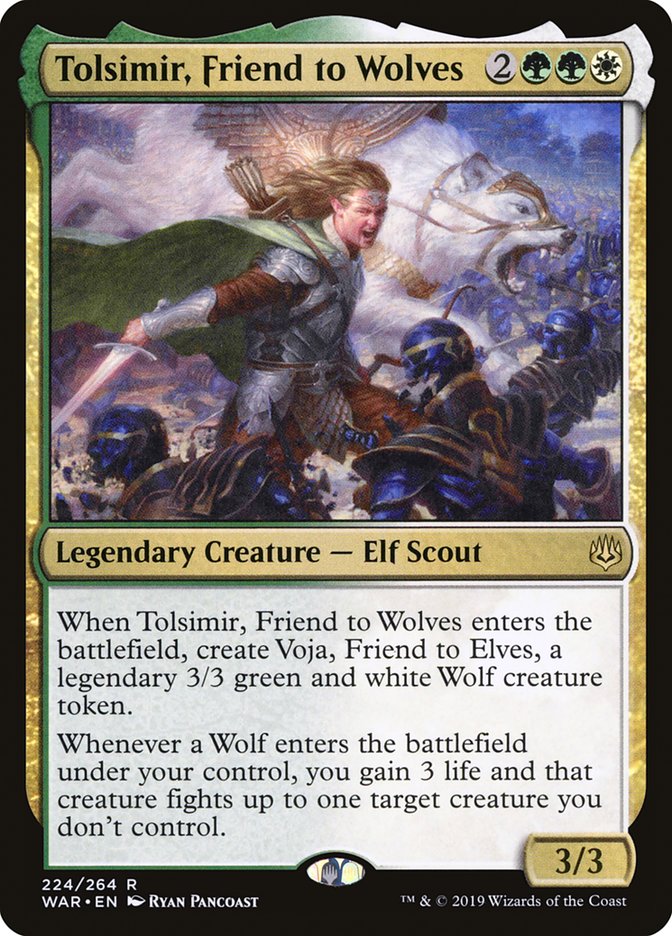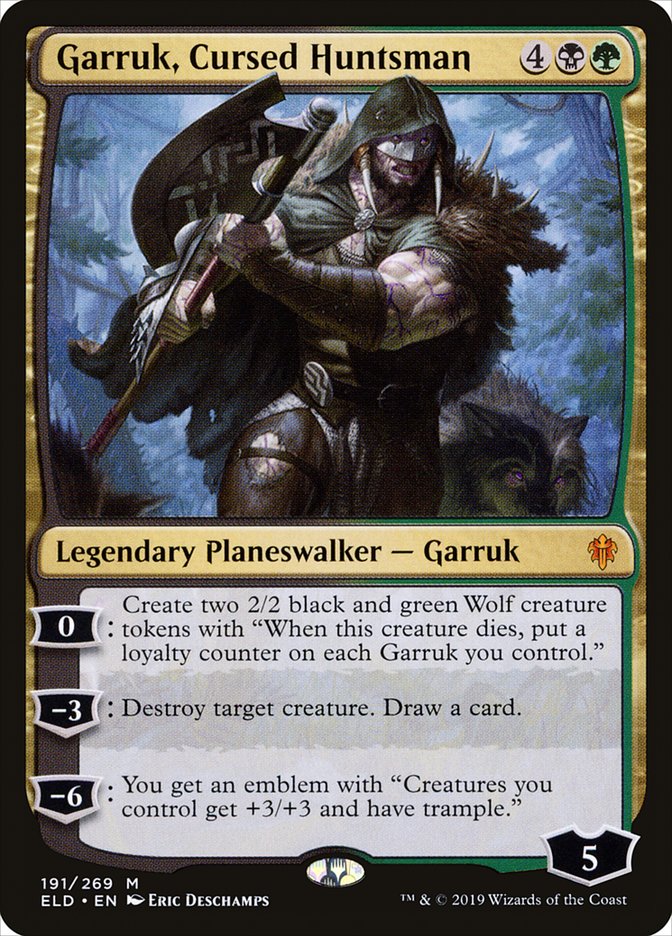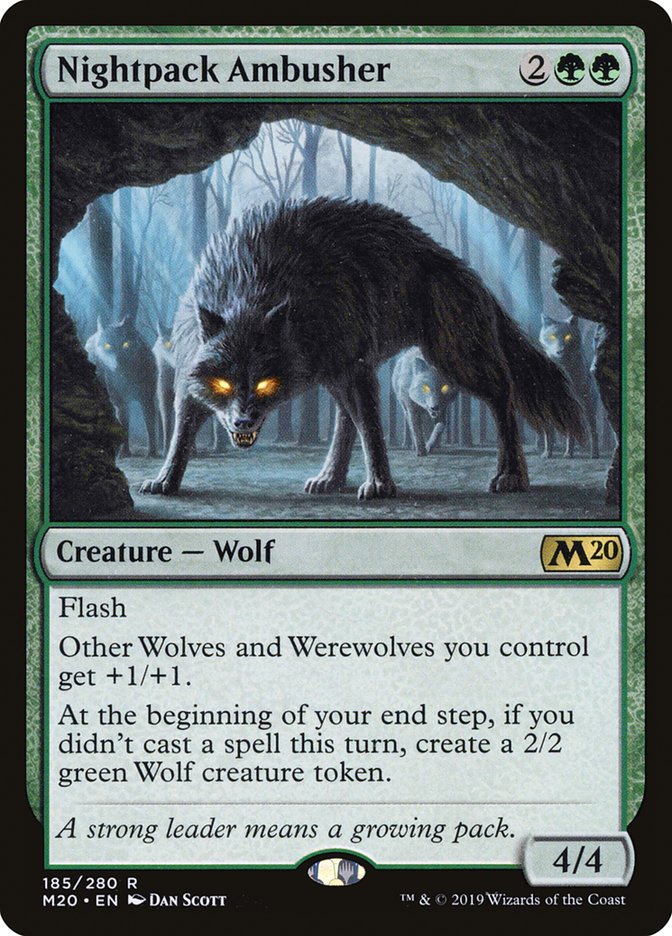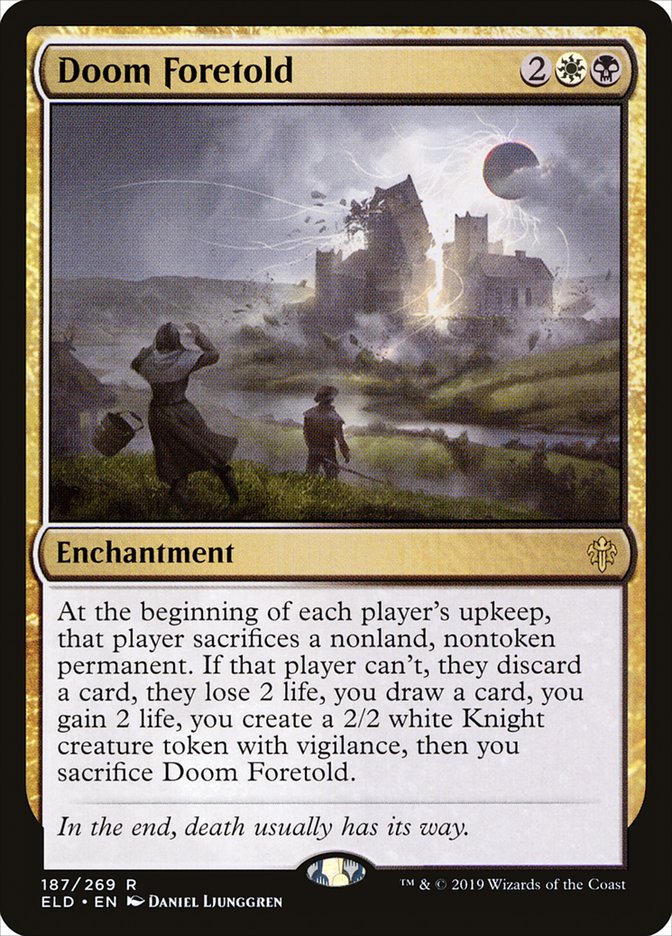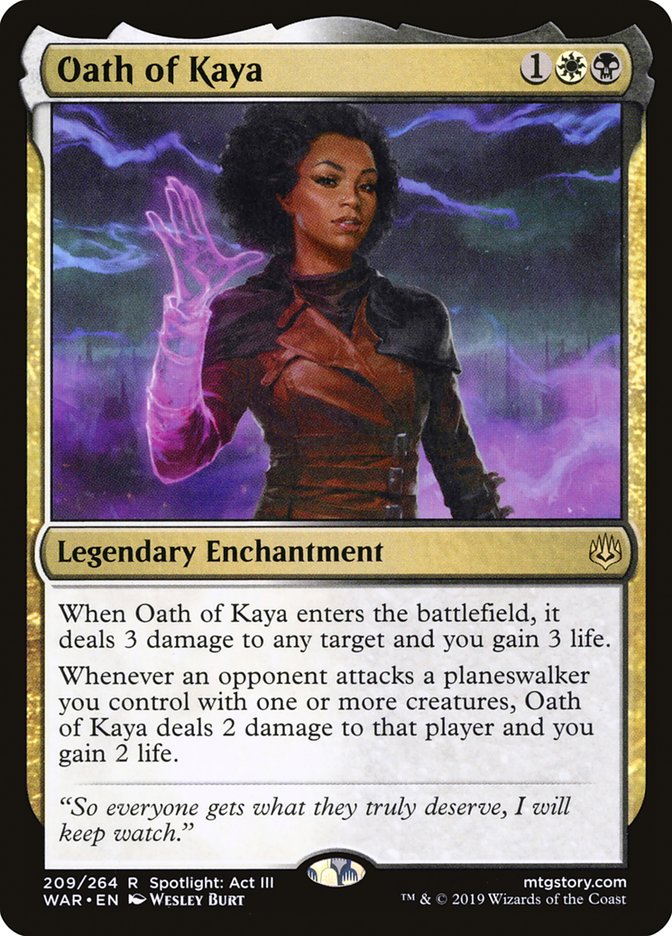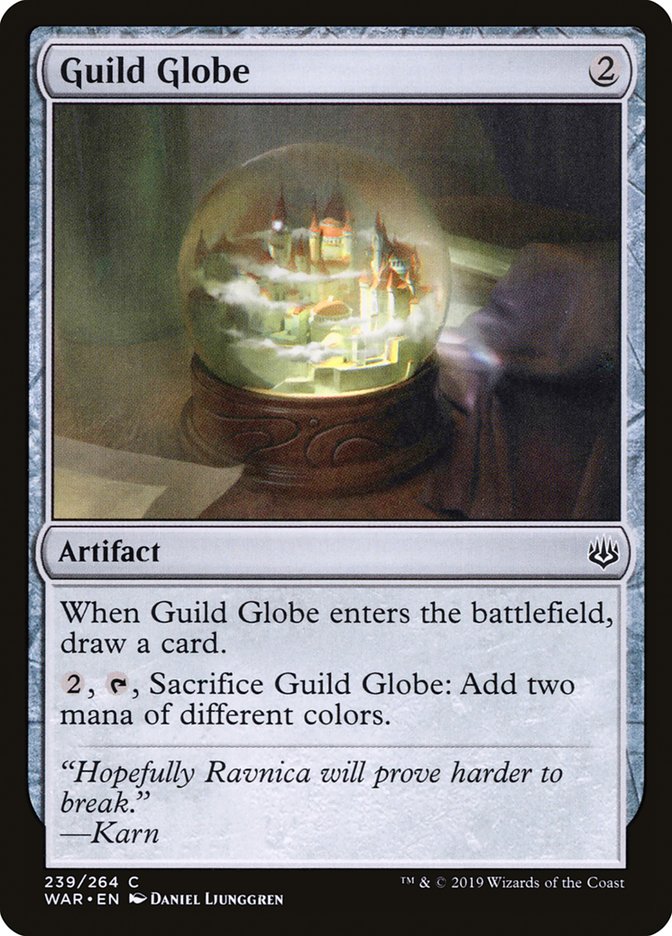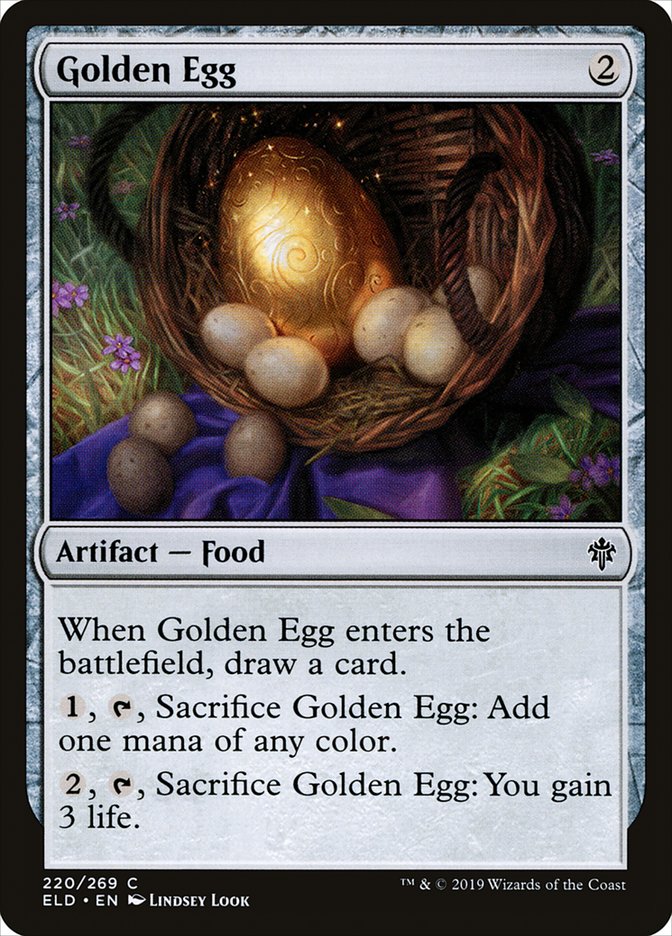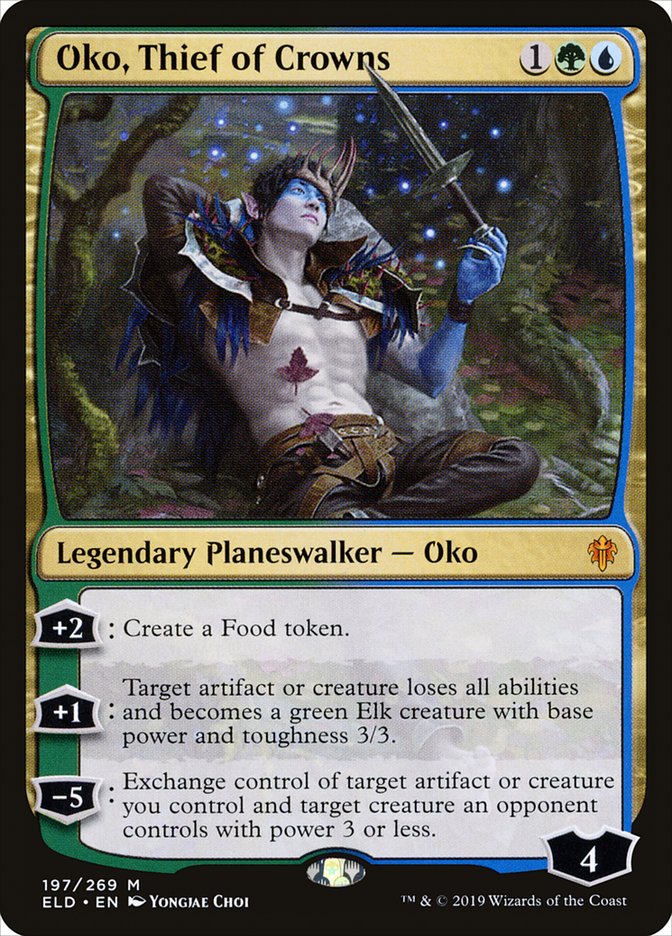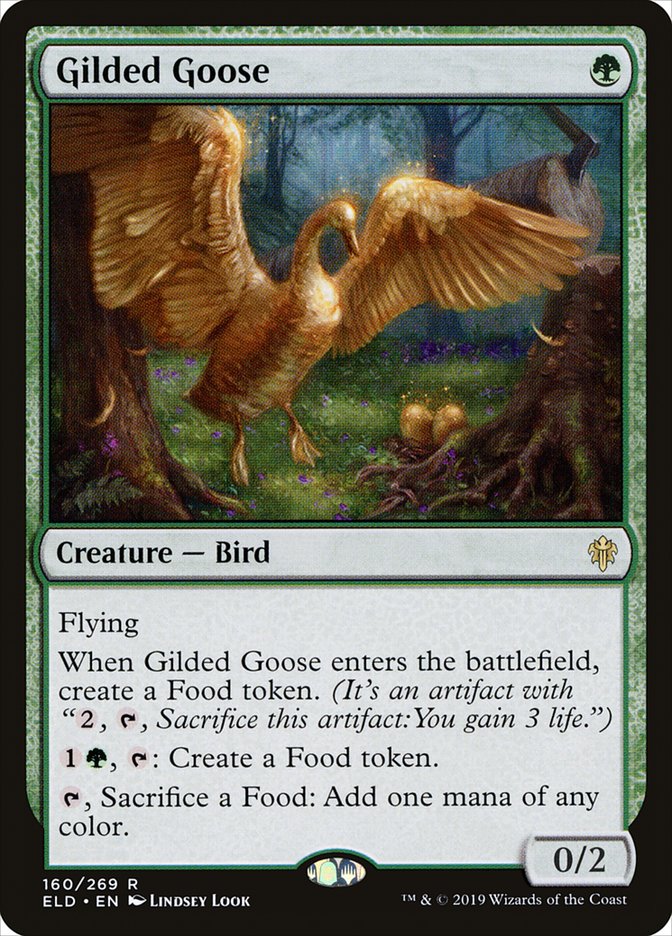In today’s article, I’ll talk about the top eight cards that have so far overperformed my expectations in Throne of Eldraine Standard, and give you some examples of where they can be played. Cards like Bonecrusher Giant and Murderous Rider performed well, but I always expected them to, and their power levels are kind of “in your face,” so I’m not going to mention them here.
8: The Great Henge
Casting this card isn’t necessarily trivial in a lot of games, but it’s very hard to lose if it’s on the battlefield, since it swings the game in your favor from all angles. It adds mana, gives you life, draws you cards, and makes your creatures bigger, so which axis is your opponent going to try to tackle you on? They’ll basically lose on all fronts.
The first comparison is that it’s sort of The Immortal Sun. They can still use planeswalkers, so it’s not exactly the same (that was The Immortal Sun’s best feature, after all), but the sinking feeling you get of “this game is going to go longer but there’s no chance I’m going to win” when your opponent casts it is still there. If you build your deck right, The Great Henge will draw more cards than The Immortal Sun ever would. In this regard, it’s more similar to Experimental Frenzy because you just go off.
The combo of The Great Henge plus Growth-Chamber Guardian was particularly impressive, as The Great Henge will immediately put a counter on it, which means you get to search for another Growth-Chamber Guardian, and each one you cast draws you a card in the process. It’s important to note that, unlike a card such as Rhythm of the Wild, The Great Henge creates a trigger that can be responded to, which means you can pump Growth-Chamber Guardian in response to end up with a 5/5 (and also that they can kill it).
Then, you have to consider that, while it’s not always trivial to cast The Great Henge, sometimes it actually is. There are three creatures in Standard that curve naturally into a Turn 4 The Great Henge: Rotting Regisaur, Vantress Gargoyle, and Lovestruck Beast.
If you manage to cast it unanswered on Turn 4, there are very few decks that can power through it. You can immediately tap it for mana, which lets you gain two life, cast a bigger creature, and draw a card, even giving you value in case they hit it with Teferi, Time Raveler. In the case of Rotting Regisaur, The Great Henge costs only two mana, which means it’s essentially free; if your Turn 3 is Rotting Regisaur, your Turn 4 could be The Great Henge plus a 5/5 cantrip Questing Beast.
Here’s a deck that I liked that was built to abuse The Great Henge:
Creatures (27)
- 4 Growth-Chamber Guardian
- 4 Paradise Druid
- 4 Rotting Regisaur
- 3 Voracious Hydra
- 4 Lovestruck Beast
- 4 Murderous Rider
- 4 Questing Beast
Planeswalkers (2)
Lands (23)
Spells (8)

It’s important to note that, for this card to be good, I think you have to build around it and you shouldn’t just throw it in any green deck. My Wolves deck had two copies, for example, but I don’t think I’d play them moving forward, as you really want Growth-Chamber Guardian and cheap, powerful creatures to go with it. If you can make that work, then the card is very powerful.
7: Stormfist Crusader
Stormfist Crusader feels like an average card, since once you take the symmetrical part of it away, you’re left with a 2/2 menace creature for two, which isn’t the best deal in the world. However, pegging the ability as symmetrical would be a mistake. First, if you’re a Rakdos deck, then the point of damage probably matters a lot more for you than it does for your opponent; adding it to a 2/2 with menace this early in the game means you’re likely hitting for three points of unblockable damage every turn. Second, drawing a card this early in the game likely helps fixing your mana and your curve more than it helps them. Rakdos decks in Standard have very powerful cards but shaky mana, and being able to get an extra shot at casting your spells is a plus. The ability always happens on your turn, which means you get first use out of it as well.
On top of that, Stormfist Crusader synergizes with two Rakdos mechanics. It enables spectacle even through a large number of blockers, and it’s a Knight, which means it gets bonuses from cards like Training Grounds, Fervent Champion, and Blacklance Paragon.
Here’s a potential list by Andrea Mengucci:
Creatures (36)
- 4 Spawn of Mayhem
- 4 Gutterbones
- 4 Rotting Regisaur
- 4 Knight of the Ebon Legion
- 4 Murderous Rider
- 4 Robber of the Rich
- 4 Fervent Champion
- 4 Bonecrusher Giant
- 4 Stormfist Crusader
Lands (24)

6: Edgewall Innkeeper
When I first looked at this card, my brain automatically processed it as a card with a “Limited mechanic.” It was only when I played against it in the Early Access event that my mind was opened to how powerful it could actually be as a Constructed card.
The key to playing Edgewall Innkeeper successfully is probably that you don’t play cards that are horrible just because they have Adventure; after all, there’s no guarantee you’ll draw the Innkeeper or that it will live for more than one turn. Luckily, there are several completely fine Adventure cards that become straight-up broken once you add “draw a card” to them. To top that off, they’re all cheap, which means you can cast multiples in the same turn you cast Innkeeper (since that costs only one mana as well).
I think you have two directions with Edgewall Innkeeper, Golgari or Selesnya (though it’s possible a tricolor combination adding blue can be good). Golgari is a more grindy deck, trying to power through removal with card drawing and recursion, and Selesnya is old-fashioned tokens beatdown.
This is a very rough sketch of a Selesnya version of the deck. I’m sure this isn’t the optimal way to build the deck, but I think it’s a good starting point:
Creatures (30)
- 3 Emmara, Soul of the Accord
- 4 Venerated Loxodon
- 3 Flaxen Intruder
- 4 Lovestruck Beast
- 4 Faerie Guidemother
- 4 Giant Killer
- 4 Edgewall Innkeeper
- 4 Shepherd of the Flock
Lands (21)
Spells (9)

This is basically a White Aggro deck, except that you randomly have a creature that makes all your creatures cantrip. I also really like how Lovestruck Beast plays here, since it’s very easy to have a 1/1 for it to be able to attack.
5: Irencrag Pyromancer
At first, I thought Irencrag Pyromancer wouldn’t necessarily have a place in Izzet Phoenix decks because it doesn’t match up very well with Arclight Phoenix. First, Arclight Phoenix really wants a critical mass of both discard outlets and spells to return it, neither of which Irencrag Pyromancer is, and second, the play patterns of both cards go against each other; the Pyromancer wants you to cast one spell every turn, whereas the Phoenix wants you to hold spells in your hand to fire them off all at once.
In practice, the card slots perfectly into the deck, because every card that is good with Arclight Phoenix is also good with Irencrag Pyromancer. It’s fine that the cards don’t work well with each other, because you end up in a situation where having either of the two is already good enough. If they don’t have removal, then you win with Pyromancer, and, if they do, you win with Phoenix.
Pyromancer is particularly strong versus creature decks that can’t remove it, such as White Aggro and Simic strategies. Even creature decks that can remove it, such as Orzhov Knights, are often put in a spot where they must remove it or they lose the game, and even if they do remove it you’ve often already gotten value, since you can cast and activate it in the same turn with Opt or The Royal Scions. The fact that it’s so easy to play this and immediately get value is what makes it such a strong card.
Here’s an Izzet Phoenix decklist playing four Irencrag Pyromancers:
Creatures (12)
Planeswalkers (4)
Lands (23)
Spells (21)

The biggest problem this deck has is with Narset, Parter of Veils. You can certainly beat it, especially if they use the -2 ability and make it vulnerable to Arclight Phoenix or Scorching Dragonfire, but sometimes they play that card and it turns your entire hand into blanks, and there’s not much way around that. If the card isn’t heavily played, then I think this deck can be quite strong.
4: Fires of Invention
Fires of Invention originally caught people’s eyes for its combo uses, particularly with Cavalier of Flame but also with cards like Niv-Mizzet Reborn that might normally be hard to cast (since it bypasses all color restrictions). I think it performed well in these shells, as it was expected to, but what surprised me was that it also performed well in fair decks as a way to double your mana.
Take, for example, this Jeskai Superfriends deck piloted by Waifugate in the first Fandom Legends tournament with Throne of Eldraine:
Creatures (3)
Planeswalkers (16)
- 4 Teferi, Time Raveler
- 1 Kasmina, Enigmatic Mentor
- 2 Saheeli, Sublime Artificer
- 4 Narset, Parter of Veils
- 3 Sarkhan the Masterless
- 1 Ugin, the Ineffable
- 1 Chandra, Awakened Inferno
Lands (27)
Spells (14)

In this list, Fires of Invention is being used simply as a value engine; there’s no wombo-combo like Cavalier of Flame. Still, it turns out that effectively costing zero the first turn and then doubling your mana every turn after that is a pretty good deal if you’re just playing normal Magic.
The best interaction in this deck is Fires of Invention and Fae of Wishes. The Adventure part on Fae of Wishes can sometimes be clunky, but Fires of Invention lets you cast Granted and the spell you get in the same turn: a normal play pattern, for example, is Turn 4 Fires of Invention plus Granted for Time Wipe, Turn 5 Time Wipe plus a planeswalker onto an empty battlefield.
Even better than that, having Fires of Invention lets you use Granted to cast off-color cards! In this list, the player has access to The Elderspell, Command the Dreadhorde, Casualties of War, and Planewide Celebration that would normally be uncastable. Once you have Fae of Wishes and Fires of Invention, the world is your oyster.
3: Wicked Wolf
Wicked Wolf seemed like a meme at first, but if you have enough ways of generating Food, then it can be quite powerful. If you have one Food on the battlefield, it does a pretty good impression of Ravenous Chupacabra, and the 4/4 body it leaves behind is a much more substantial card than the 2/2 was. It can also protect itself from sweepers and spot removal, which means it has uses against both aggro and control decks as a sort of Ravenous Chupacabra / Bristling Hydra hybrid.
It’s also a Wolf, which has so far been irrelevant but is not anymore. With the addition of Wicked Wolf and Garruk, Cursed Huntsman, there’s actually a Wolf Tribal deck in the making, as both Nightpack Ambusher and Tolsimir, Friend to Wolves care about creature type Wolf. Tolsimir, Friend to Wolves is particularly good with Wicked Wolf, since it gets to fight two creatures but only costs one Food to survive both fights.
Here’s a sample decklist that I played in the Fandom Legends tournament:
Creatures (23)
- 4 Paradise Druid
- 3 Tolsimir, Friend to Wolves
- 4 Nightpack Ambusher
- 4 Gilded Goose
- 4 Wicked Wolf
- 4 Curious Pair
Planeswalkers (7)
Lands (24)
Spells (6)

2: Doom Foretold
The biggest obstacle to properly evaluating Doom Foretold is understanding what it does, because at first glance it really doesn’t look like a playable Magic card. Once you actually read it and take the time to process it, though, you realize that it can be like a version of The Abyss that kills planeswalkers. The nontoken clause is also key here and easy to miss.
Doom Foretold is not a card you can put in just any deck, but it’s going to greatly reward you for building around it. That’s exactly what Bryan Gottlieb deck from the Fandom Tournament does (though I believe the original credit goes to Andrew Cuneo):
Creatures (2)
Planeswalkers (4)
Lands (25)
Spells (29)

This deck is built very well and sports a number of ways to keep Doom Foretold on the battlefield via cantrip artifacts and Oath of Kaya.
Once you can ensure you’re not going to be the one sacrificing Doom Foretold, you put your opponent in a very rough spot. They are either forced to sacrifice a nonland permanent every turn (which for most decks is unsustainable) or they take a turn off, Time Walking themselves, to eventually get rid of it, giving you a 2/2, two life, and a card in the process. Then, once Doom Foretold is finally gone, you can bring it back with Dance of the Manse, alongside all the artifacts it sacrificed.
1: Oko, Thief of Crowns
When I first saw Oko, I had high expectations for it. It very quickly surpassed them. I thought it was possible you needed some sort of support for it, but the card was just incredible every time I saw it on the battlefield, whether in a dedicated Food deck or not, on my side or on my opponent’s side, and at this point I’m pretty confident it’s the strongest card in the set for Standard.
The thing with Oko is that it just does too many different things. It gains life, creates 3/3s, and most importantly gets rid of problematic creatures and artifacts, all while being basically impossible to kill. The second ability targeting your opponent’s cards is definitely the aspect I underrated the most; on a stalled battlefield (which is common when you’re making 3/3s), it makes sure your opponent never casts a powerful creature or artifact. If they ever cast a good card, you just turn it into a vanilla 3/3, which is just going to trade with one of your 3/3s. Playing against Oko gives you a feeling of hopelessness, because you can’t kill it (it regularly gets to ten loyalty in my games) and then it just neutralizes all your powerful cards.
Here’s an example of an Oko deck, played by Brad Nelson in the Fandom Legends tournament:
Creatures (27)
- 4 Hydroid Krasis
- 4 Paradise Druid
- 4 Voracious Hydra
- 4 Leafkin Druid
- 4 Gilded Goose
- 4 Wicked Wolf
- 3 Brazen Borrower
Planeswalkers (8)
Lands (25)

This deck is very straightforward and also very powerful. I don’t know if it’s the best way to utilize Oko, but I’ve been extremely impressed by the Gilded Goose / Oko, Thief of Crowns / Wicked Wolf core, and that’s where I would turn with any of my Simic decks.



